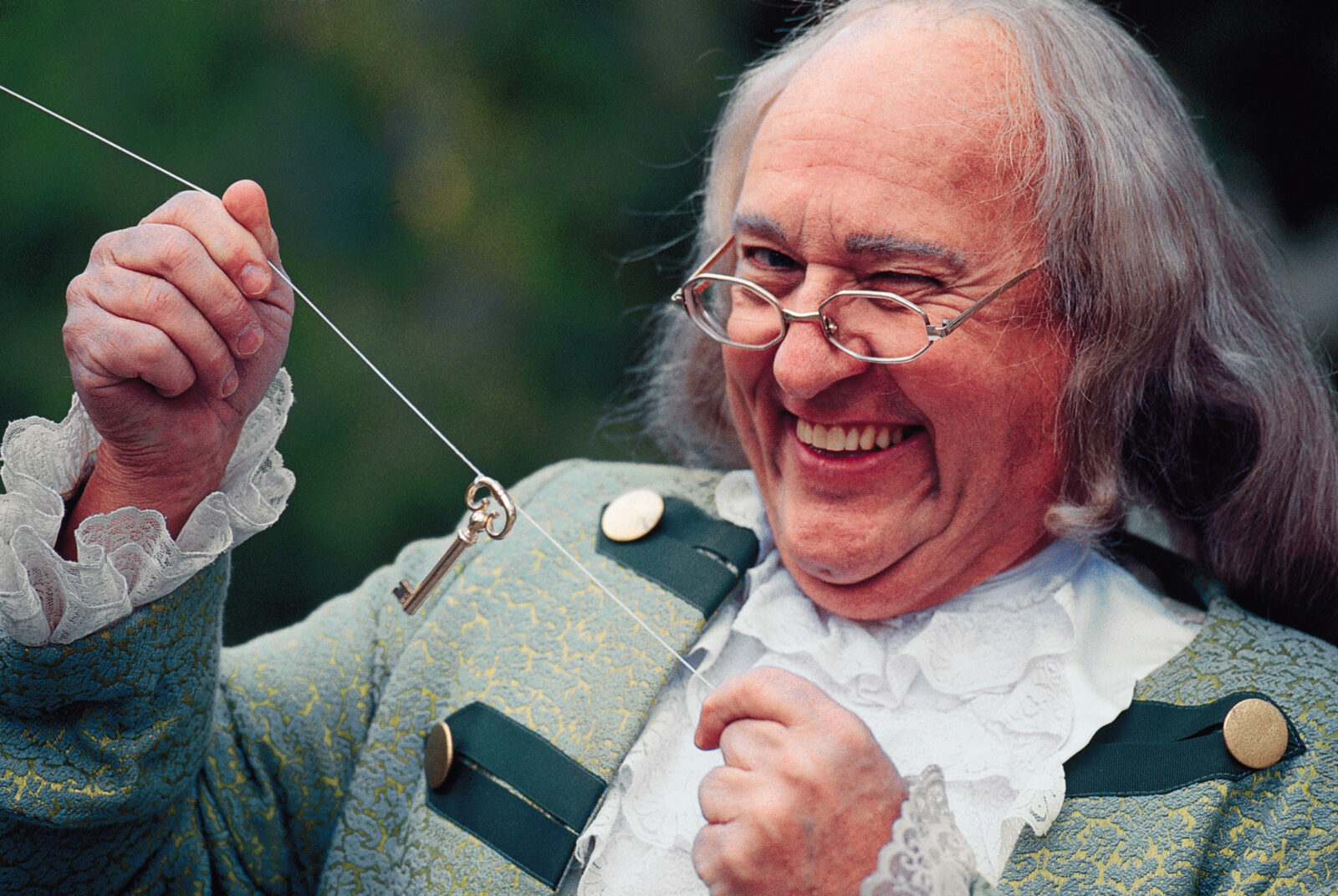The Founding Fathers’ Lasting Impact on Senior Living

On the Fourth of July, we celebrate the birth of the United States of America and the Founding Fathers, who established a new kind of republic, outlined in the Declaration of Independence and Bill of Rights. These iconic men were also devoted to science, often inventing or trying new ways of doing things. Here are three of their inventions which are still used today and help seniors age well.
Vaccines
Approximately 45,000 adults die annually from vaccine-preventable diseases; people who are 65 or older are more likely to have complications, more severe symptoms, and even death. Vaccinations can boost immunity and ensure healthier living. While George Washington wasn’t the inventor of vaccines, he was an early proponent and champion of them. During the Revolutionary War, Washington approved an experimental smallpox vaccination for his soldiers. It worked. The death toll dropped from 17% to 1%. Historian Joseph J. Ellis argues that “a compelling case can be made that swift response to the smallpox epidemic and to a policy of inoculation was the most important strategic decision of [Washington’s] military career.”
Bifocals
Changes in vision with age are expected; almost all adults 50 or older need glasses to close activities, like reading or writing. Founding Father and prolific inventor Benjamin Franklin suffered from being both near- and far-sighted, so he created glasses to address both impairments. His design allowed for the upper half of the lens to help with distance vision, while the lower half aided with up-close focus. Franklin was thrilled with his invention; he wrote to a friend in 1784 that he was “happy in the invention of double spectacles, which serving for distant objects as well as near ones, make my eyes as useful to me as ever they were.” These lenses would later be named “bifocals” by the inventor of trifocals. Because Franklin believed that inventions should benefit all, he never patented his invention; ultimately, this access ensured continual improvements on the original design.
The “long arm”
Nowadays it might be called a grabber or reacher tool, but in the 1780s it was dubbed “the long arm.” The ever-busy Benjamin Franklin was in his 80s and found climbing up and down steps to retrieve books from the top shelf becoming too difficult. To make his library more accessible, he developed a simple but unique assistive technology aid. The long arm was an eight-foot pole with moveable wooden slats at the end; a cord would allow the individual to “pick” books off the shelf by manipulating the slats at the end of the pole. The slats acted like a finger and thumb to grab the wanted item. This design is still used today to help individuals reach objects that are out of reach .
The Founding Fathers had a lot of other inventions, from architectural styles to encryption devices to musical instruments. As Tom Shachtman, author of Gentlemen Scientists and Revolutionaries: The Founding Fathers in the Age of Enlightenment, observes, “Their science-mindedness made them more willing to consider a multiplicity of new ideas.” Including a new democracy.
Sources: John Muir Health; The Washington Post; The New York Times; Constitution Facts; USHistory.org; The Franklin Institute.
![Charlesgate [logo]](https://www.charlesgate.net/wp-content/uploads/sites/218/2016/12/logo-new.png)